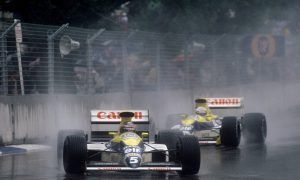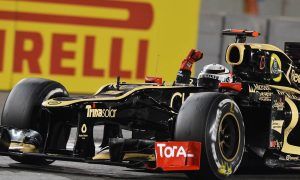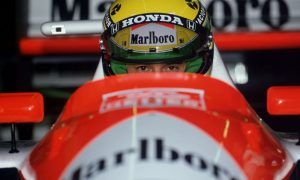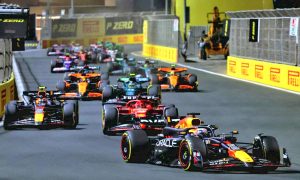Through its mandatory V6 turbo hybrid power units and limited aerodynamic development, F1 presents a rather homogeneous technical front while WEC offers manufacturers' engineers much more scope with regard to their technical field of investigation. Testimony to this is the current wide array of exploited engine architectures: V6 turbo diesel for Audi, V8 turbo petrol engine for Toyota and a small V4 2-litre turbo for Porsche. The addition of an electric motor fed by energy recovery systems almost doubles the amount of power on tap to reach almost 1000bhp in qualifying trim while making full use of all-wheel drive.
The addition of an electric motor fed by energy recovery systems almost doubles the amount of power on tap to reach almost 1000bhp in qualifying trim
Needless to say, the upcoming battle at Le Mans looks royal, with Nissan also set to race its radical front engine front wheel drive contender. WEC's variety of machinery is all part of its appeal, yet one struggles to understand exactly why the series isn't as popular as Grand Prix racing given the quality and the intensity of the entertainment produced in all the championship's categories.
"F1 is its own, very different world," alleges WEC promoter Gérard Neveu. "But we need to be inspired by the recipes which made its success. Grand Prix racing's impact on the public is directly linked to its mass TV coverage. Endurance racing's format is not well suited to live coverage by the main broadcasters."








